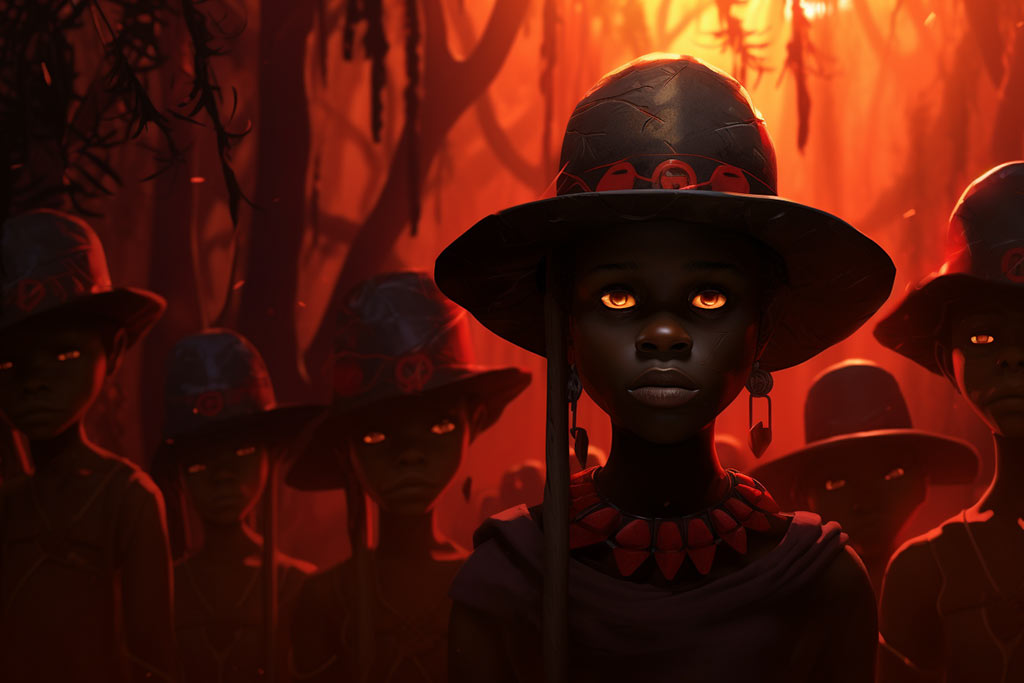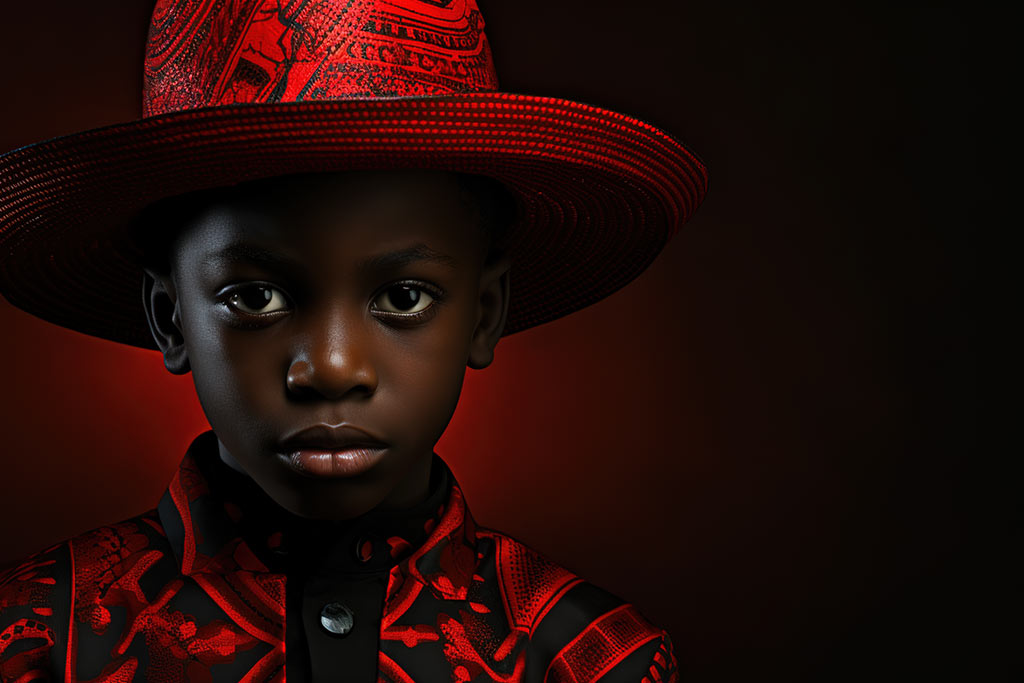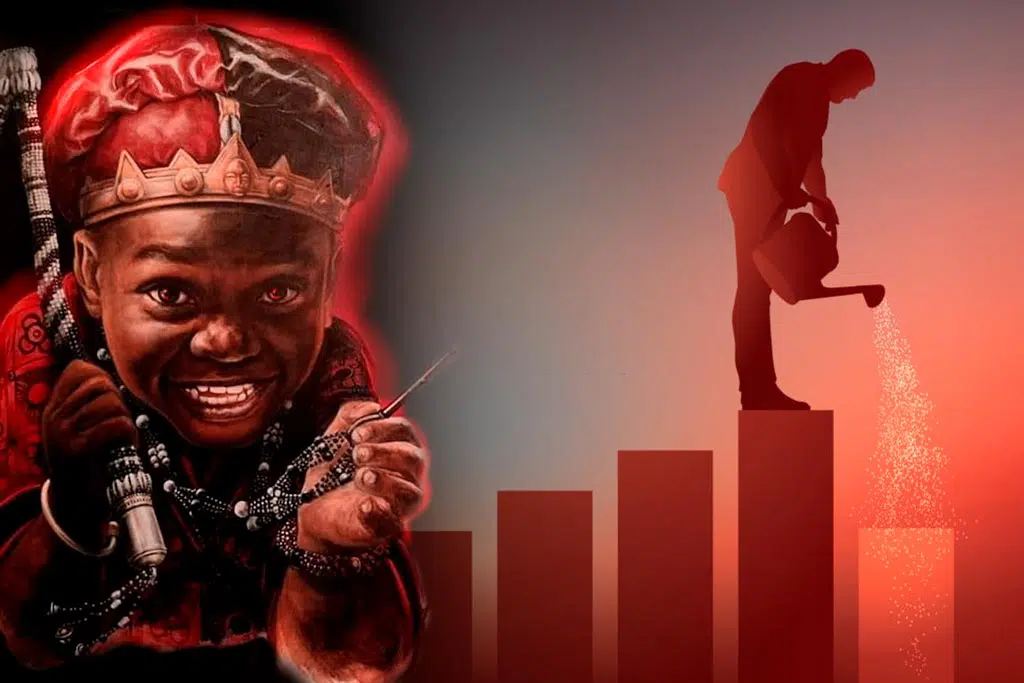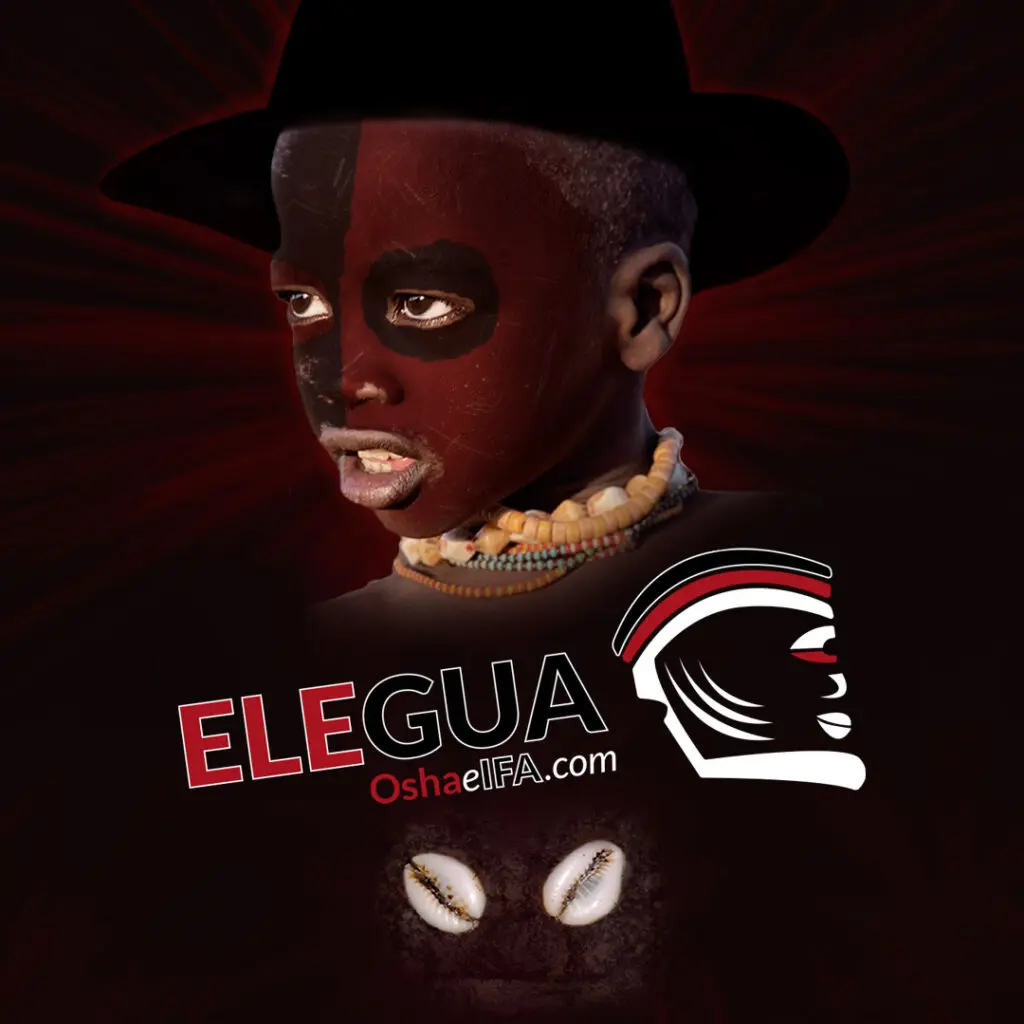Elegua is bad? eshu is not satan

Elegua is bad? To answer this question, it is necessary to understand that talking about choose It's not talking about witchcraft. He is beyond good or evil. It embodies a balance that punishes or benefits equally. It represents the perfect balance in nature, being able to cause havoc or rewards to its followers, depending on their behaviors.
Elegua is bad?
For Africans and practitioners of Afro-Caribbean cultures, Elegua is simply a deity that must be treated delicately, since its duality allows it to promote beneficial or harmful actions for human beings, but, as has been made clear before, all its actions they respond to a justified motivation or the direct responsibility of those involved.
He is aware of the disorders that harm humanity and their solutions. Their actions always have a justified motivation even though in some cases it can be difficult to understand. In other words, "Eleggua never acts irrationally."
Is Eshu Elegua a malevolent deity?
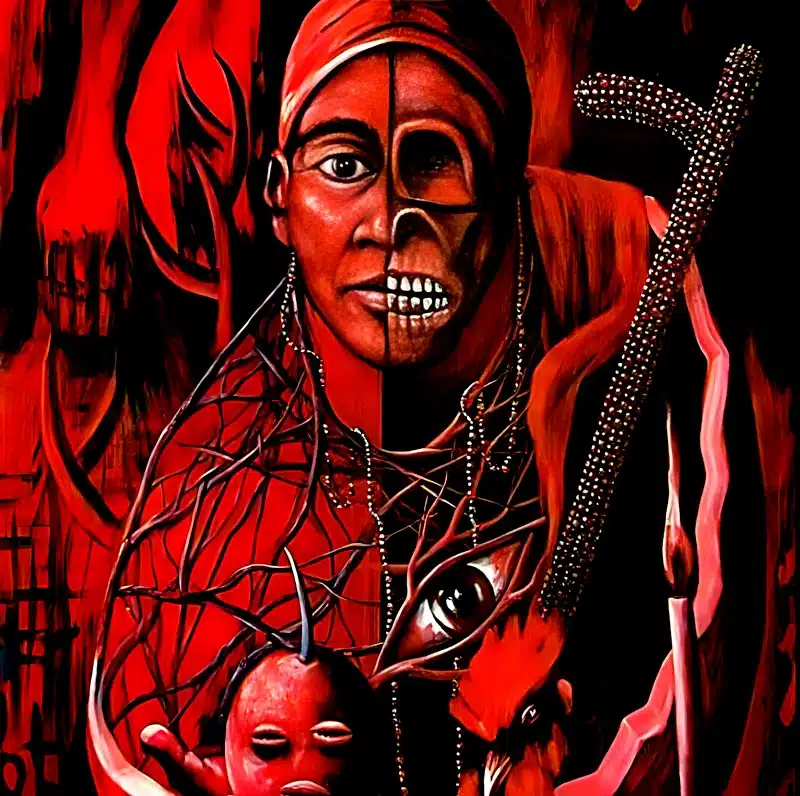
The Yoruba culture states that in the pantheon of their deities there are no demons, since Oloddumare created the Orishas with the intention of balancing the destiny of men and not for their destruction. Elegua has only been entrusted with the difficult task of provoking sincerity in human beings and to achieve this, he tests their beliefs and actions.
Why is Eshu Eleggua related to Satan?
The mistaken interpretation of the nature of Eshu Elegua originates thanks to the influence of the first missionaries who arrived on American lands during colonization. His lack of understanding of the religious practices of the Yoruba slaves and his intention to evangelize even against their will all individuals with beliefs different from his own, caused the misrepresentation of the characteristics of this Orisha, being compared to the Devil and become a symbol of evil.

This practice is not unique. During various passages in history the representation of the devil has changed "conveniently" coinciding with different situations inspired by the context. This is evidenced through the artistic manifestations of different times, where it is modified through different representative forms.
It is estimated that until the eleventh century the devil was identified through images where he had a human appearance. After that time, more fearsome representations appear, with grotesque characteristics where human and animal features merge.
In fact, many of those descriptions survive to the present day. He is identified as a being with a tail, beard, goatee legs, horns, wings, and a scary appearance. Describing the devil as a horrible and terrifying being could also be inspired by Christian beliefs and texts such as the Apocalypse of Saint John the Evangelist, which constitute a reference for that entity.
Now, this phenomenon has an explanation in the construction provided by the Catholic Church through various theological and political disputes throughout history, some of them even violent, in which finally, their own characteristics were added to the devil. from other cultures, in order to shape the representation of evil, while alluding to the gods of other religions, with whom, in one way or another, Christians fought.
Thus, the devil assumes characteristics on a par with Greek or Roman gods such as: the Greek god Pan, whose image is presented as half man, half goat; he also possesses a trident like Poseidon or Neptune; or horns like the Celtic god Cernunnos.
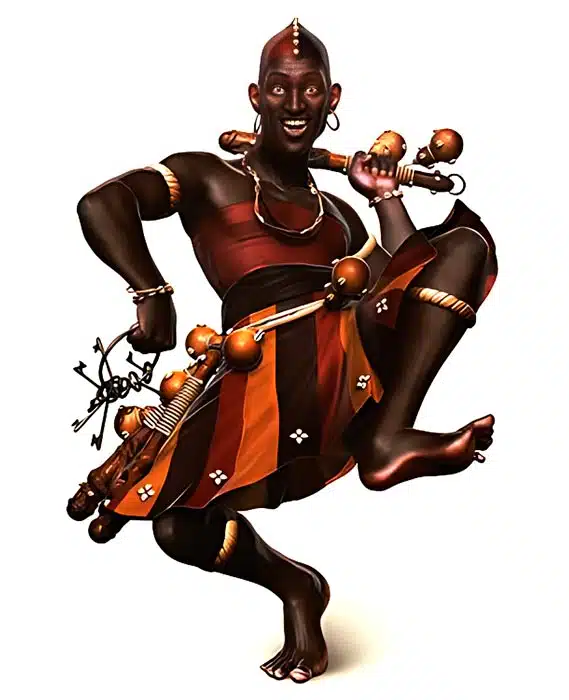
Therefore, the image of Satan could be considered to be the result of a mixture between the beliefs of medieval monks and theologians and superstitious and pagan beliefs. All this is also related to the Christian intention to eradicate Greco-Roman beliefs during its beginnings, and later, the various cultures whose strength and impact could be less than theirs.
This phenomenon is what happened in the same way with Eshu Elegua, being pointed out by the Christian church as the devil, without any theological basis or foundation that supports it within their religious culture.
It is curious to understand that the word "satan" comes from the Hebrew dialect and means "accuser or adversary." In its most basic origin it does not make any reference to evil, nor does it describe opposition to God. The relationship with evil probably goes back to Judaism, thanks to Babylonian influence, where there is a figure contrary to God.
In conclusion, it is possible to identify through the history of humanity how various spiritualities are interpreted and reinterpreted by practitioners of different cultures, depending on the context. Obviously, the way in which the Yoruba religion arrives in America through slaves, in an obviously submissive position and subjected to the obligation to practice Catholic customs, exposes a position of disadvantage before the dominant culture.
This, together with ignorance and the intention to eradicate their customs, was what originated and spread the belief that Eshu Elegua was a demonic entity, its energy being identified by the Yoruba as the spiritual nature that fosters the dynamic balance of the functioning of the body. physical and spiritual world, present in good and bad in the same proportion, even being able to be considered an essentially just entity.
Where does Elegua live?

In general, Elegua is a saint who lives at the door of the houses, however, it is also possible to find him in other parts within the homes of the iworos, accompanied as is the custom by the warriors Ogun and Oshosi. But, ultimately, the door is the most appropriate place for its location, then we will tell a story that explains why:
Is it bad to have an Elegua in the house?
The meaning of the word Eleggua means: "he is in the house". The term "Ele" is derived from Ilé (house) and "Ggua" means: to be. When we refer that Elegua is there, we are talking about the presence of Eshu, identified as Elegua under the influence of Obatalá, who neutralizes the impulses that could be negative in Eshu. However, it is believed that there are opportunities in which Eshu makes use of that part of his energy and without waiting for it can penetrate the house causing a revolution, but this action must be motivated by some event that justifies it and from which the residents of that place are responsible.
Of course, it is not a bad thing to have Elegua in the house, in fact, several spiritualities in addition to Eleggua coexist at the door of the houses. Rather, this Orisha when residing in the doors, marks the border between two territories, the interior of the house represents the tranquility of the home and the exterior symbolizes the dangers and perversities released by the world.
It may interest you: Prayers to Elegua
Pataki: Why does Elegua live behind the door?
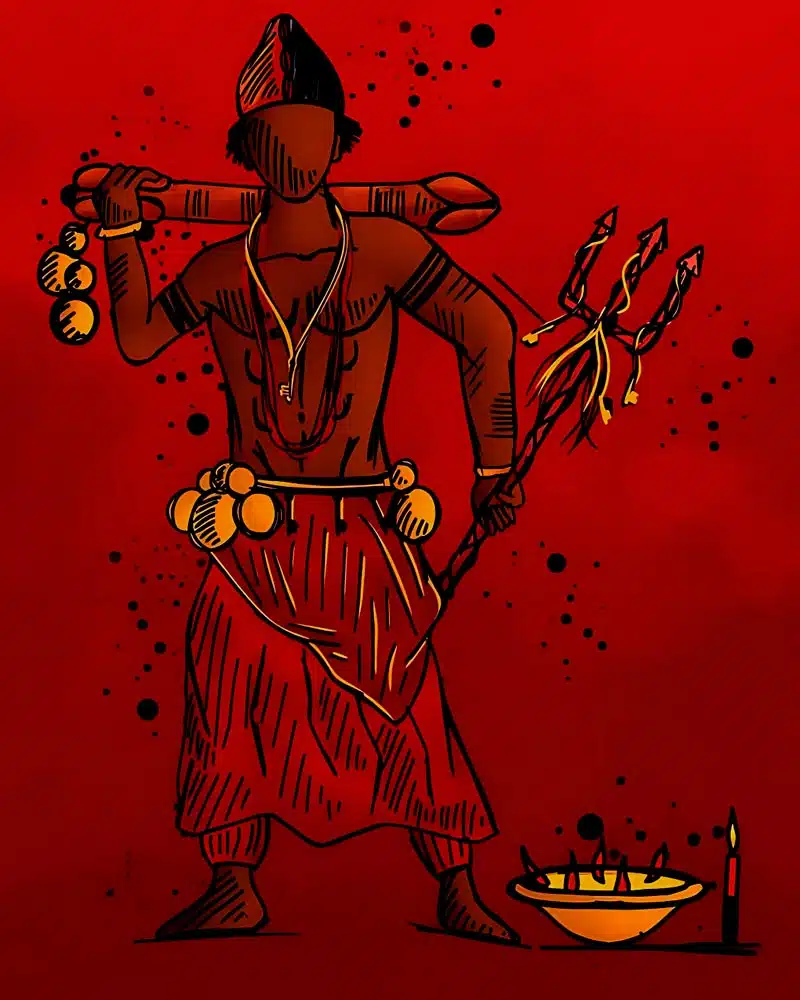
It happened that once, Olofin's son was very sad and worried because his father was very ill. All kinds of healers and doctors had been consulted, but still, no way was found to heal him. One day, Elegua was walking along the paths of the mountain meeting with Olofin's son, seeing him so distressed, he asked him what was happening to him and why was he so sad? Olofin's son did not take long to explain that his father was very ill and the doctors could not find a cure for his illness.
Elegua moved by his sadness, but, with the cunning that characterizes him, he asks: what would you give me if I heal your father? The young man immediately replied that he would give him whatever he wanted if he could achieve that miracle.
They both agreed. Then, Elegua indicated that he had to go to the shore of a beach where he would meet a woman of great weight, sitting on a pylon. Beneath that pylon would be the secret with which he could heal his father. However, reaching such an ashé would not be easy, Elegua warned him that he should fight with the woman and knock her off the pylon in order to appropriate that secret.
Olofin's son did not notice the effort he had to make and immediately went to the beach where, as Elegua had described, that woman was sitting on the mysterious pylon. The young man, full of impetus, went to the woman, fighting with her until she knocked her off the pylon and successfully reaching the secret that she kept under it. Then, he went to the house of his father, who was almost dying, and gave him the holy medicine, curing him immediately.

Three days passed and Olofin was in perfect health. Then, the young man decided to go looking for Eleggua to thank him for having healed him and fulfilling what they had agreed to. Upon finding Elegua, he rendered him moforibale (treat) and asked him what he wanted as payment for curing Olofin? Elegua told him that he wanted his father Olofin to allow him to always be behind the ashilekún ilé (the door of the house, the door of the igbodún or saint's room, the door of the religious temple) since, in that way, everyone who entered had to say hi to him first.
Olofin, upon learning of Elegua's request, agreed without hesitation, ruling that "Elegua would live behind all doors, he had to be the first to be greeted by everyone and he would be the first in everything that was done at a ceremonial level. Ashe to Iban Eshu».
